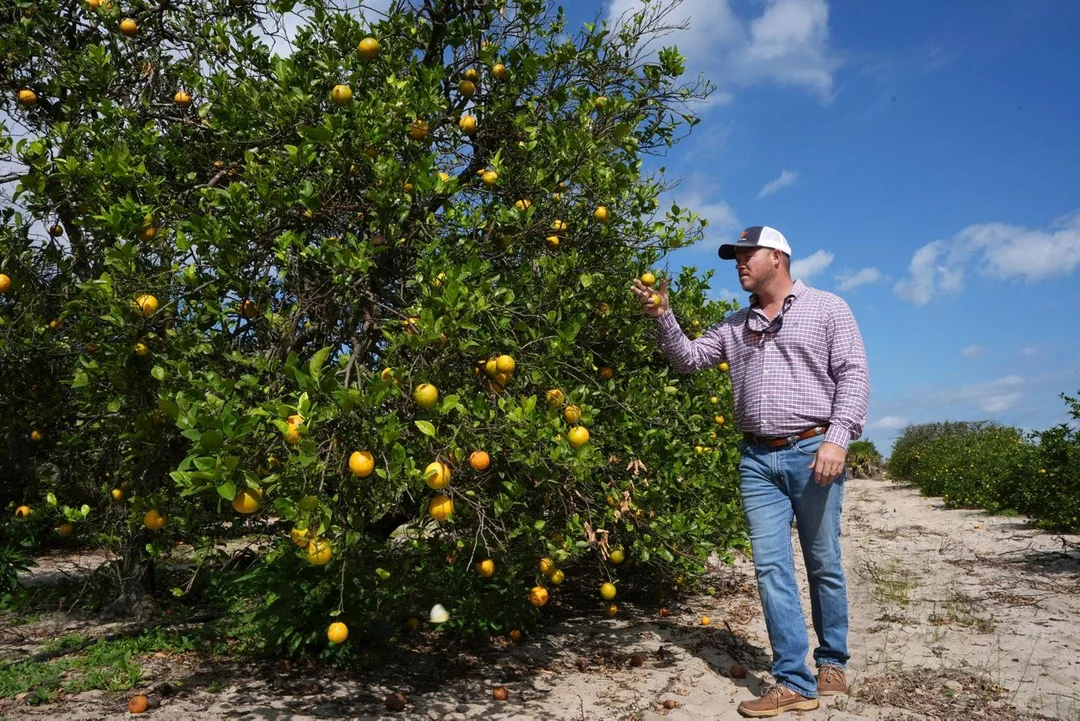
Florida’s Citrus Industry Grapples with Multiple Challenges
Florida's iconic citrus industry is currently facing a trifecta of challenges that threaten its sustainability and profitability. According to recent reports, hurricanes, diseases, and the booming real estate market are putting unprecedented pressure on this vital sector of the state's economy.
Hurricanes, a perennial concern for Florida, have become more frequent and intense in recent years. These natural disasters not only destroy citrus groves directly through high winds and flooding but also create conditions that exacerbate the spread of diseases like citrus greening. This bacterial disease, also known as Huanglongbing, has been devastating Florida's citrus crops since its detection in 2005, causing trees to produce bitter, green fruit that is unsuitable for consumption or sale.
Add to these natural threats the rapid expansion of the real estate market, and the situation becomes even more dire. As land values soar, many citrus farmers are selling their groves to developers, leading to a significant reduction in the state's citrus production capacity. This trend is particularly pronounced in areas close to urban centers, where land is most valuable.
The combined effect of these factors has led to a sharp decline in citrus production in Florida. In the 2023-2024 season, the state produced only 16.8 million boxes of oranges, a stark contrast to the over 240 million boxes produced at the industry's peak in the late 1990s.
Stakeholders in the citrus industry are calling for more robust support from state and federal governments to combat these challenges. Proposed solutions include increased funding for research into disease-resistant citrus varieties, financial incentives to keep land in agricultural use, and improved disaster relief programs for affected farmers.
As Florida's citrus industry navigates these turbulent times, the future of this cherished part of the state's heritage hangs in the balance.